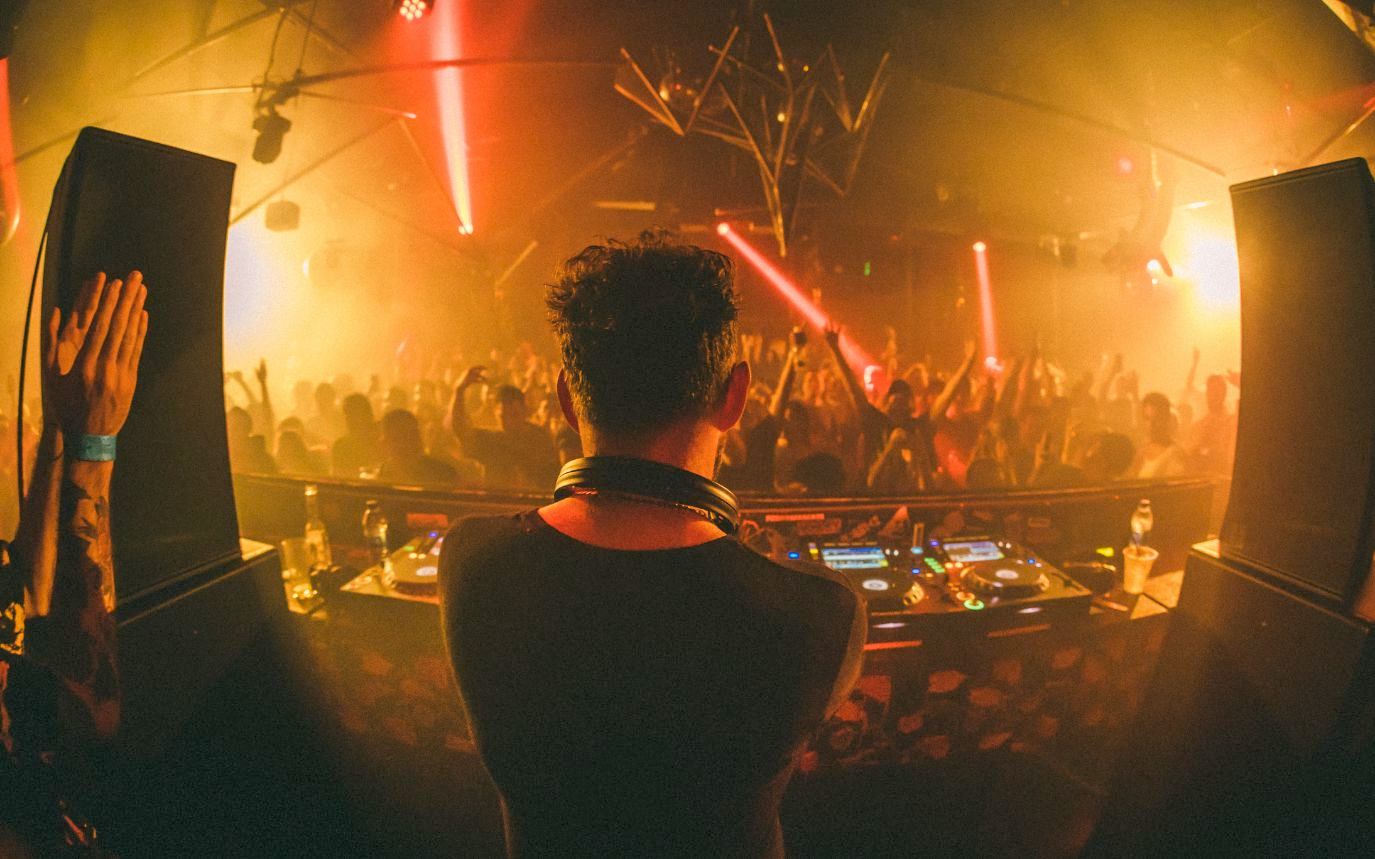Get the free download: DJ Song Structure Guide Sheet
Knowing exactly where to switch from one song to the next would seem to be such a fundamental skill in DJing, it seems almost silly to be having the conversation.
But if you’ve ever watched a pro DJ instinctively blending tracks, holding the crowd exactly where they want them, playing just the right amount of each song, and thought, “How do they make it look so easy?”, you’ve already realised that there’s more to it than meets the eye.
In this article, you’ll learn exactly how to do this.
Get your free DJ Song Structure Guide Sheet
To know where in tracks to transition, you need to understand song structure. This free download covers vocal songs (pop, hip hop etc) and dance tracks (house, techno etc), and explains how they’re structured – a vital piece of the puzzle when it comes to learning how to do this essential part of DJing.
So here’s what many beginners end up doing:
- Playing every song end-to-end (result: boring, flat DJ sets)
- Trying to mix quickly between every song (result: messy sets that wear out the audience)
In this article, I’m going to blow the lid on how this is really done. You’ll learn:
- How to know how long you should let a track play for
- How and where to safely mix out from a track
- How to master these skills so they become instinctive
- The big secret…
Ready to finally figure out where the right place is to mix between your songs? Let’s get started…


















